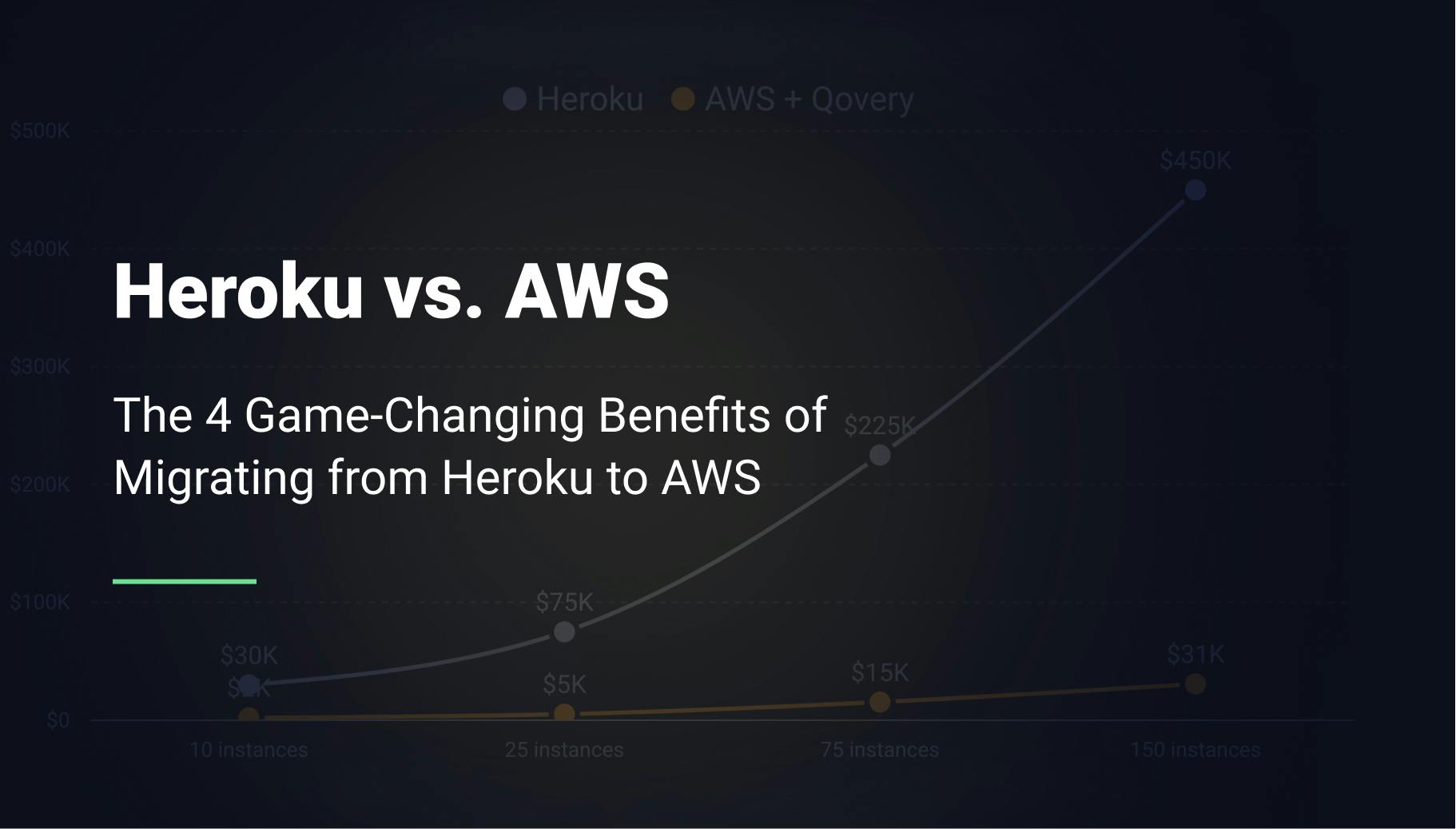6 Best AWS Deployment Options to Consider in 2023
Cloud technology is growing rapidly, and we see a new cloud service almost every day. Deploying your product releases rapidly and efficiently is crucial for any business. AWS, being the market leader in the cloud world, has a lot of tools and services which facilitate deployments. Last year, we discussed different deployment options on AWS. Now that AWS has launched some new features, we will present the 2023 version of our previous article on the best AWS deployment options in 2022. We will go through some services and new features not discussed in the previous article.

Morgan Perry
March 7, 2023 · 7 min read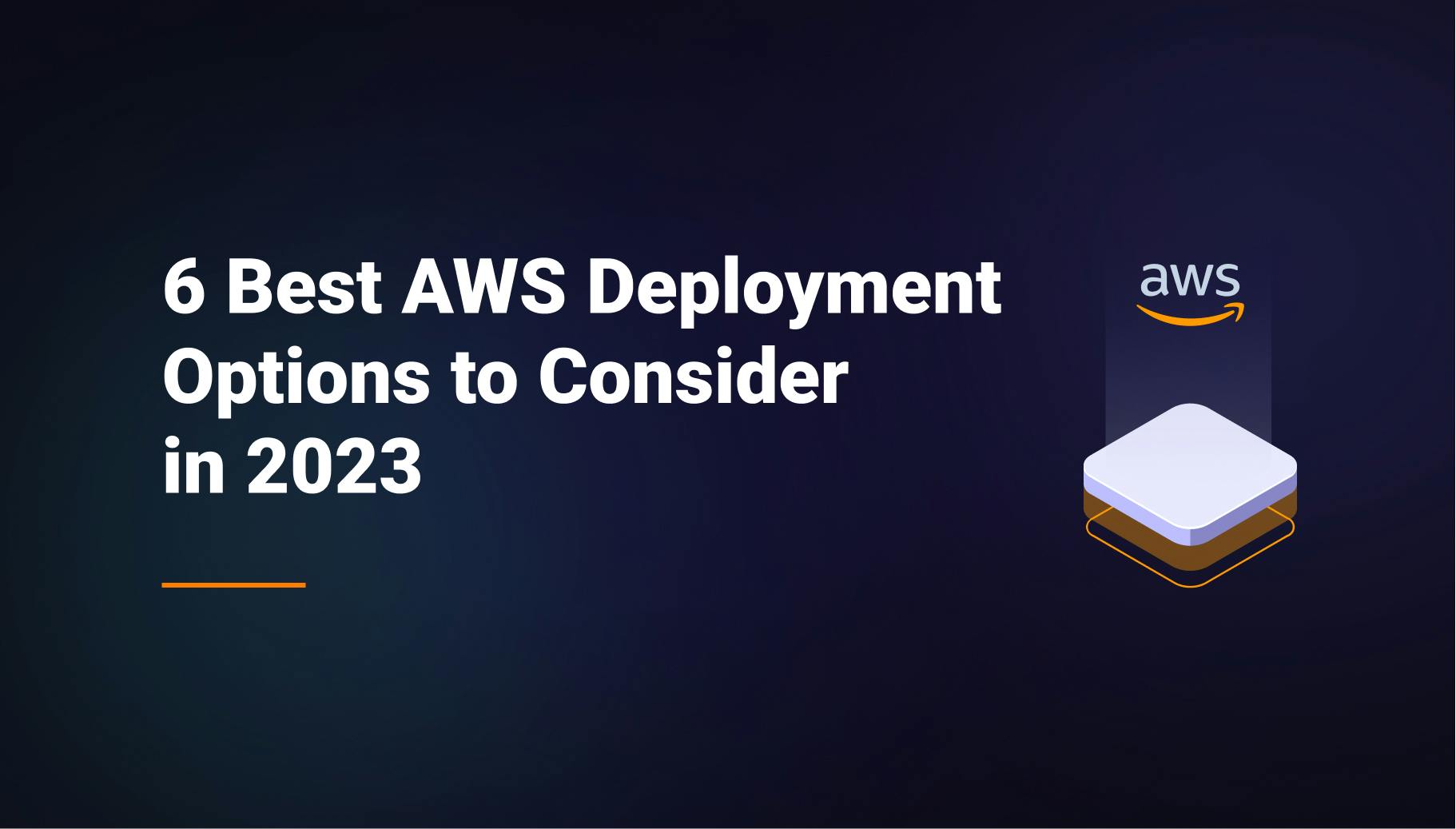
Let's start with AWS Proton!
#AWS Proton
AWS Proton is a deployment workflow tool for modern applications that helps platform and DevOps engineers achieve organizational agility. It enables platform or operations teams to effectively manage various tools the development team uses for infrastructure provisioning, code deployments, monitoring, and updates. It helps to speed up the software development lifecycle with pre-approved templates for infrastructure and accelerates modern application deployments. It also helps to create and register a Service Template with AWS Proton, which defines the related infrastructure, monitoring, CI/CD resources, and compatible Environment Templates. Additionally, it provides a self-managed provisioning option to notify AWS Proton of deployment results and infrastructure outputs. It keeps the latest status of your infrastructure provisioning and any output data so that you can get an overview of your application deployment health from the details page.
If you want to deploy a large-scale complex application with the option to customize the configuration in detail, then AWS proton is the ideal service. On the downside, AWS proton needs a steep learning curve to use it efficiently.

#AWS App Runner
AWS App Runner is a fully managed service from Amazon Web Services (AWS) that simplifies the deployment of containerized web applications and APIs. App runner allows developers to quickly deploy their application and let the service handle the application's underlying infrastructure, scaling, and management.
With App runner, you can use your custom code or container image to deploy your application. It supports different container registries, including ECR, docker hub, and other container registries. Regarding the support for programming languages and frameworks, it supports all modern languages, including NodeJS, Ruby, Go, Dot Net, and Java.
App runner can be considered the big brother of AWS Elastic Beanstalk in terms of simplicity and automation. Even a novice to cloud computing can deploy an application with just a few clicks. It has built-in scalability to meet traffic needs and dynamically scales up or down based on the traffic load. It communicates with other AWS applications or services in a private AWS VPC, which means your traffic never leaves the amazon network.
App runner is a perfect choice for developers who have little knowledge of cloud computing and who want to deploy their containerized applications in a simple manner quickly. The only drawback of app runner is its lack of deployment and customization options.

#AWS Elastic Beanstalk
AWS Elastic Beanstalk is a PaaS (Platform as a service) from AWS that provides simple deployment of web applications and services. With Beanstalk, you can easily automate the provisioning and management of the underlying infrastructure, including servers, load balancers, and scaling configuration. It supports not only containerized applications but web servers and worker environments too.
AWS Elastic Beanstalk provides more control over the deployment environment and offers more customization options for developers. Beanstalk allows you to fine-tune deployment settings, and scaling options, configure instances, configure load balancers, etc. That requires some AWS services knowledge; however, most of the work is done by Beanstalk on its own.
AWS Elastic Beanstalk also allows you to configure scaling options in detail, e.g., you can set different auto-scaling rules based on different health checks. It integrates well with AWS CodeDeploy, CodePipeline, and even third-party CI/CD tools like Jenkins, CodeShip, and others.
AWS Elastic Beanstalk has also introduced a multi-container docker environment feature through which developers can define their containerized applications using Docker Compose files, which specify the different services and containers that make up the application.
AWS Elastic Beanstalk is a perfect option for using a managed service that gives your applications a good combination of control and automation. It does need a learning curve to set up and manage your applications on Beanstalk, though.
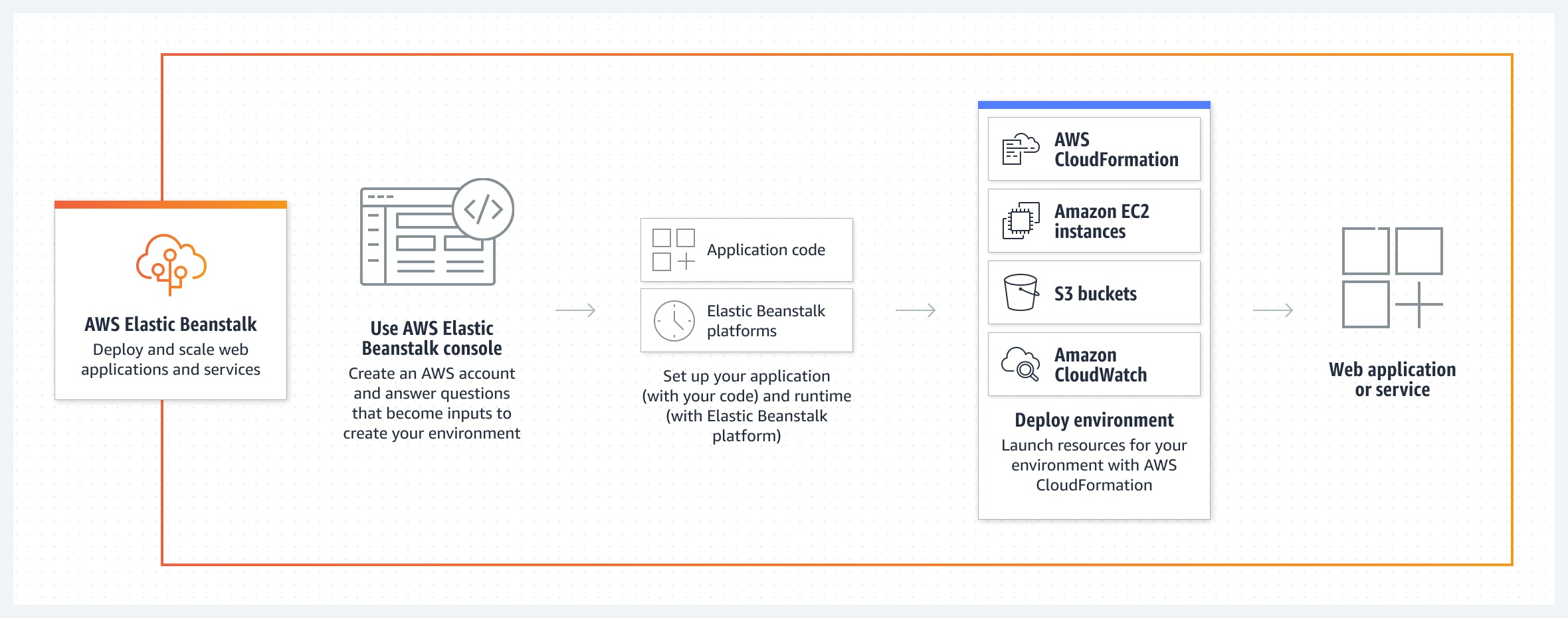
#AWS EKS
Amazon Elastic Kubernetes Service (EKS) is a fully managed service to simplify your Kubernetes deployments. Through EKS, you can manage the deployment and management of your application deployed on Kubernetes. You do not need to install or set up Kubernetes yourself. EKS facilitates the automation of application deployment, scaling, and management of clusters, nodes, pods, and containers. EKS is responsible for managing all the underlying infrastructure, including high availability.
Using EKS, you can manage the Kubernetes clusters through the web-based management console, CLI, or the API. It offers a scalable, highly available platform for running containerized applications and supports a variety of Kubernetes features, such as auto-scaling and self-healing. It has good integration with other AWS services like AWS ELB, EC2, and Amazon VPC. You also have the option to use serverless compute resources using Fargate if you do not want to use EC2 instances as compute resources.
AWS also introduced EKS Distro (EKS-D), which solves the problem of maintaining a consistent, secure, and supported Kubernetes experience across different environments and infrastructure platforms. It is ideally suited to companies that want to host their infrastructure in their data centers or a hybrid cloud environment. EKS Distro is based on the same upstream Kubernetes code that comes with Amazon EKS, meaning customers can take advantage of all the latest Kubernetes features and bug fixes without losing control over their infrastructure.
AWS EKS is an excellent tool if you want to use a managed service to deploy your Kubernetes applications on Amazon. However, a steep learning curve is needed to properly set up and manage clusters on EKS.
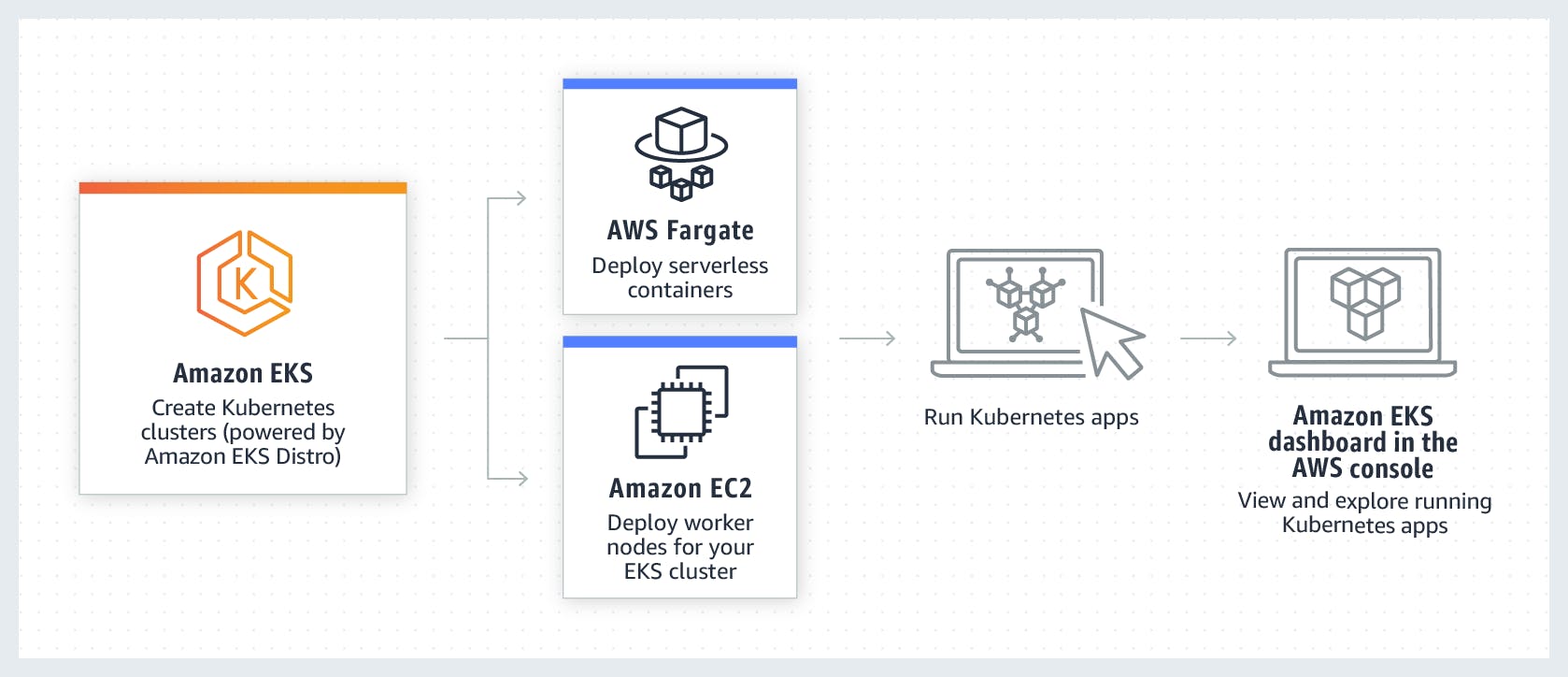
#AWS CloudFormation
AWS CloudFormation is an Infrastructure as code service that automates the provisioning of your AWS infrastructure using template files. You can automate the process of generating and configuring Amazon resources by specifying the resources in JSON or YAML files using CloudFormation.
After defining all infrastructure resources for a deployment environment in a template, you may use the same template to create another environment without manually configuring all infrastructure resources. Among its many strong capabilities are rollbacks, updates, and stack tracing. It integrates well with CI/CD systems such as Amazon CodePipeline, Jenkins, and Travis CI. With CloudFormation, you can ensure your deployment process is automated, and your infrastructure is constantly current.
CloudFormation Drift Detection is a new capability that allows you to identify and compare any infrastructure changes with the original CloudFormation template. By drift detection, you can discover and repair any disparities between your current infrastructure and the original template.
Stacksets is another great feature of CloudFormation. With Stacksets, CloudFormation stacks may be deployed across many accounts and regions. This functionality is perfect for businesses that require the frequent deployment of infrastructure at scale and wish to ensure infrastructure uniformity across all organizational departments.
Although CloudFormation is an excellent tool for automating your infrastructure and deployment, it also brings some challenges, including technical complexity and difficult version control.
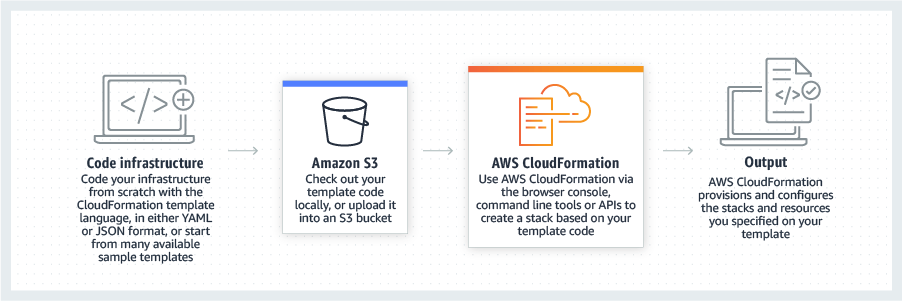
#Qovery
Qovery is a cloud-based platform that provides several features related to deployment, CI/CD, and Kubernetes. Qovery platform turns app deployment and environment provisioning on AWS a breeze. Its distinguishing features include easy deployment, automatic scaling, integration with popular tools, version control, built-in security, flexibility, and being open source. In addition, Qovery provides seamless integration with Kubernetes, automatic scaling, multi-cloud support, monitoring and alerting, disaster recovery, and simplified management of Kubernetes applications through a user-friendly interface. These features make Qovery a popular choice for developers and organizations looking to streamline their deployment, CI/CD, and Kubernetes management processes.
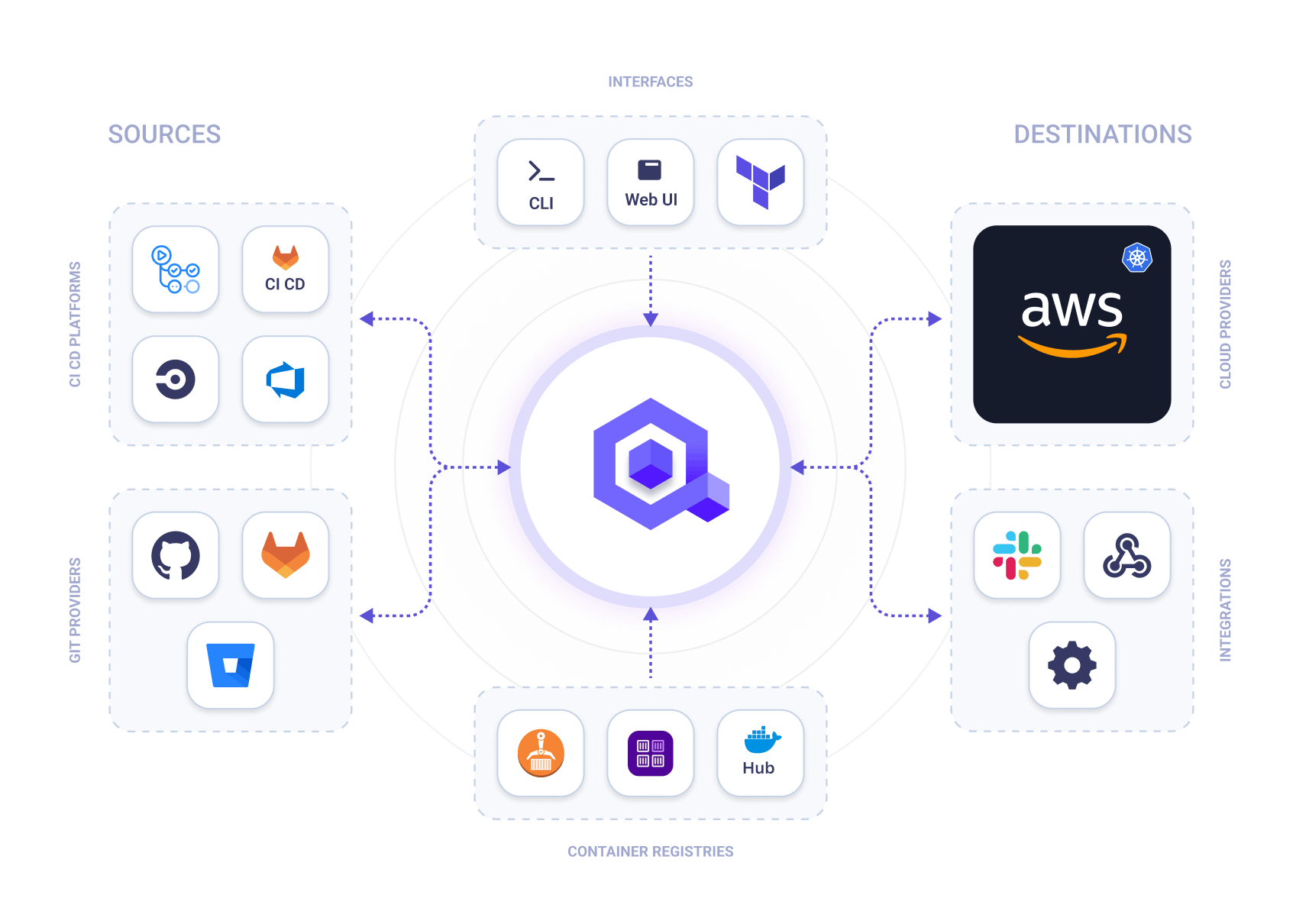
#Conclusion
Today's article is the updated 2023 version of a similar article we presented in 2022. In this article, we discussed the latest offerings from AWS regarding deployment. We explored some new services like AWS Proton and new features in the existing applications like EKS Distro. Here is the summary to help you select the right service for your needs:
- EKS is more suitable for Kubernetes deployments, but you will need skilled engineers to set it up. It supports both serverless options as well as EC2 instances for computing resources. It is slightly costly and better suited for large to big enterprises that have complex and large applications.
- App Runner is a PaaS service that is built keeping in view simplicity in mind. It does not require much expertise but lacks the customization and control companies expect. It is suitable for simple applications hosted by small to medium-sized companies.
- AWS proton is better suited for large companies with complex application architecture. It costs slightly more as compared to App runner or other similar services.
- AWS Beanstalk is well suited for organizations of all sizes, regardless of the application architecture. It also needs some learning curve, and customization options are also limited. It becomes expensive if you have an enterprise application with many infrastructure resources hosted on it.
- AWS CloudFormation is an Infrastructure-as-Code service where you can codify all your infrastructure and services in a template. It is suited to all companies that need to provision their infrastructure quickly. The service itself is free, and only the underlying infrastructure is billed.
- Ultimately, we discussed Qovery, which is the best of both worlds. Through Qovery, you can easily deploy your cloud-native applications to AWS, Azure, and Google Cloud Platform. It supports all modern programming languages, databases, and web frameworks. It has powerful features such as automatic scaling, version control, built-in security, seamless integration with Kubernetes, and a user-friendly interface. It best suits small and medium-scale companies that want to automate their infrastructure provisioning and Kubernetes cluster deployments.
To experience first-hand the power of Qovery's DevOps automation platform, start a 14-day free trial.
Sign–up here - no credit card required!
Your Favorite DevOps Automation Platform
Qovery is a DevOps Automation Platform Helping 200+ Organizations To Ship Faster and Eliminate DevOps Hiring Needs
Try it out now!

Your Favorite DevOps Automation Platform
Qovery is a DevOps Automation Platform Helping 200+ Organizations To Ship Faster and Eliminate DevOps Hiring Needs
Try it out now!
